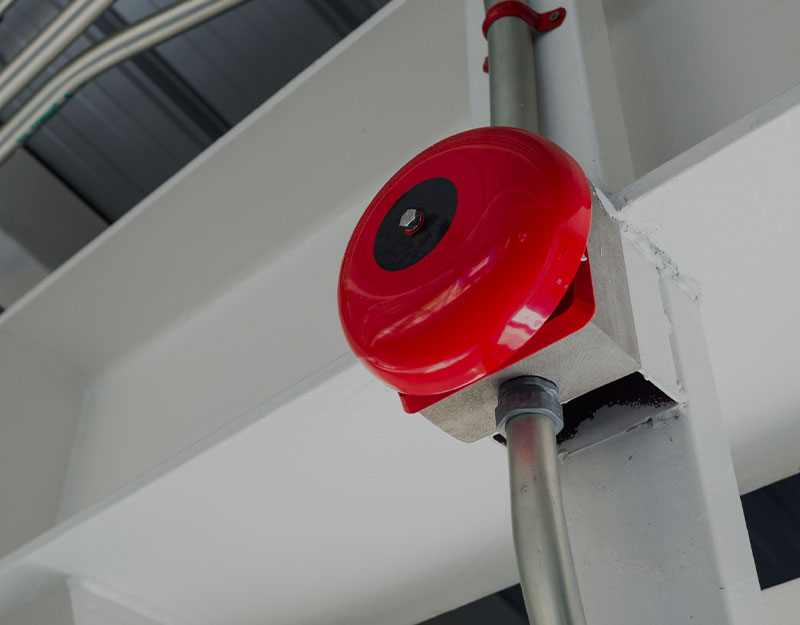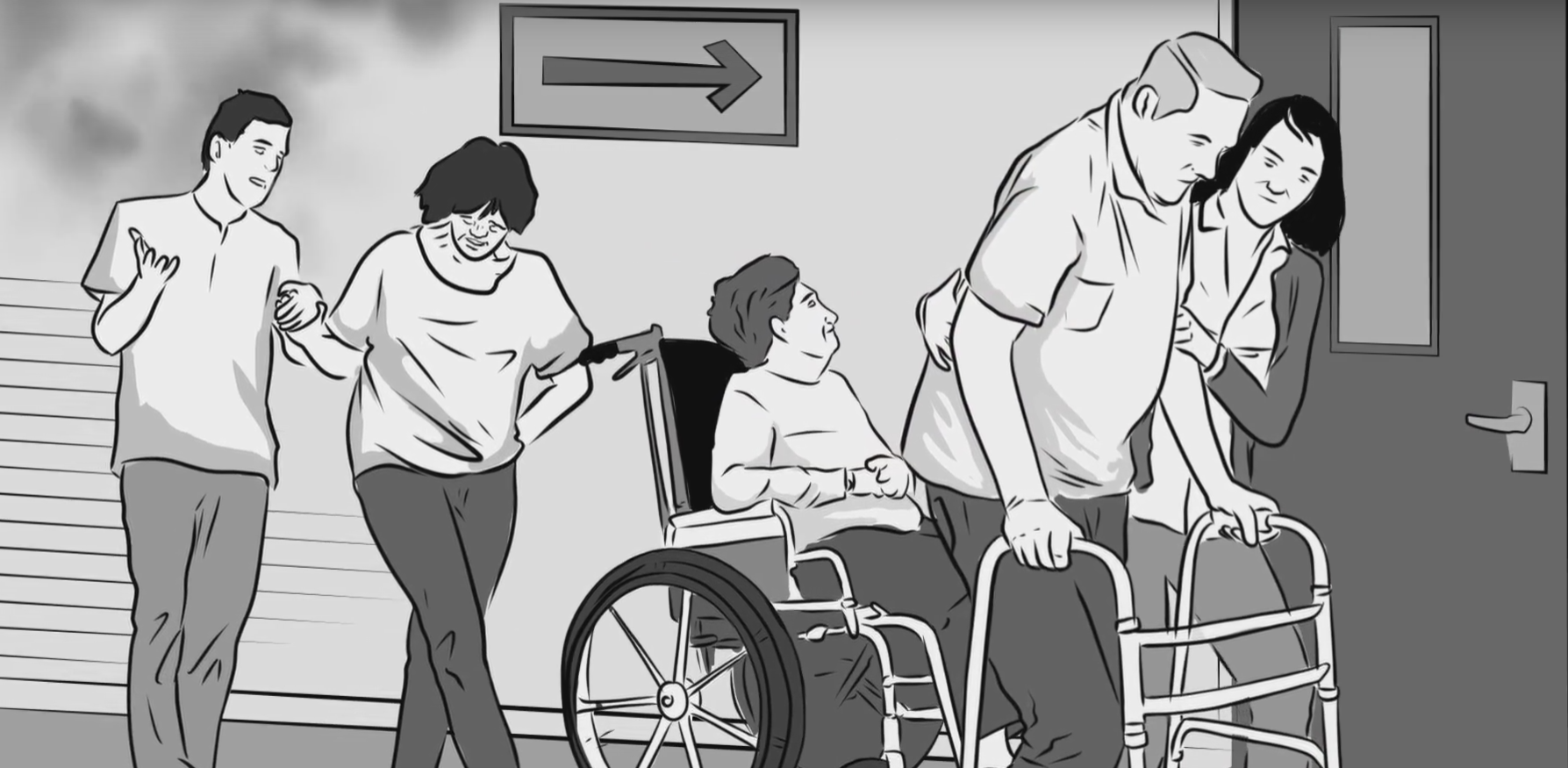Are we desensitised to alarms?
We hear alarms all the time — fire drills, sirens, car alarms, bells, clocks. Have we stopped associating alarms with an emergency?
What do people do when they hear the fire alarm?
It’s five and a half minutes before someone even gets up.
Not what you were expecting? What would you do? Would you head for the nearest fire exit? Or sit and wait to be told what to do?
For years, it has been assumed that when the fire alarm sounds, people automatically evacuate. However, this is not the case.
- About a quarter would look to see what everyone else was doing before acting
- 13% would just ignore it and carry on working
- 4% would try and find the fire.
Some of these comments of why people ignore fire alarms are shocking:



Common behaviour when a fire breaks out:
- People don’t like to stop what they’re doing: People will talk to each other, stand around and work out what’s going on. It usually takes more visible proof that there’s danger. People will leave when told to or when seeing everyone else is.
- People generally do not panic: It’s a myth that the public panics in an emergency. It’s actually fear that causes panic.
- Most people will try to exit through the door they entered: Even if the exit is well marked, people don’t want to walk through somewhere they don’t know where it leads.
The cost of complacency?

In 1979, a horrific fire broke out on the second floor of the Manchester branch of Woolworths. Customers eating in the restaurant didn’t take notice of the alarm when it sounded. Evacuation expert Prof Ed Galea said “People who had purchased and paid for their meal… Even though they could see the smoke, they could smell the smoke, they could hear the alarms going off, they felt they had sufficient time to complete their meals before evacuating.”
10 people lost their lives that fateful day.
Different ways to evacuate
With modern technology, there are many emergency alert methods that don’t involve a noisy alarm. This is particularly useful for the one in six people in the UK that have a hearing impairment.
Deaf notification
For all those who can’t hear the alarm, there are systems that link to your fire panel and send automated text messages to the user’s own mobile phone. This is also a useful method if you need to notify people that are offsite.
Silent evacuation
We covered this method of evacuation in a previous blog, but silent evacuation is particularly useful in care settings. When an alarm is activated, staff are alerted with a pre-alarm notification system, either warning lights or a text message. They then have three to five minutes to check if there’s a fire. The benefits of this are that it cuts false alarms, avoids panic and avoids moving people unless needed.
Pre-alarm notification
Similar principle to silent evacuation, this is common in larger facilities, especially where an evacuation is a last resort due to the cost of disruption. Again, if an alarm is activated, certain staff will be notified, and they can check whether it’s a fire or a false alarm. If it’s a false alarm, they can reset the system and no one is disturbed. If there is a fire, an evacuation button is pressed and the alarm sounds for everyone to evacuate.
In this scenario, staff are involved so will tell people they need to evacuate. This avoids the problem of people ignoring the alarm, assuming it’s a false alarm.
When people only have a single stimulus, they don’t know what to do. It’s important that new alert and evacuation systems are considered in a world where people ignore alarms. Every second counts in an emergency. With an evacuation plan in place and methods to ensure quick evacuation, you can help save lives.







awesome, this technology can take us somewhere